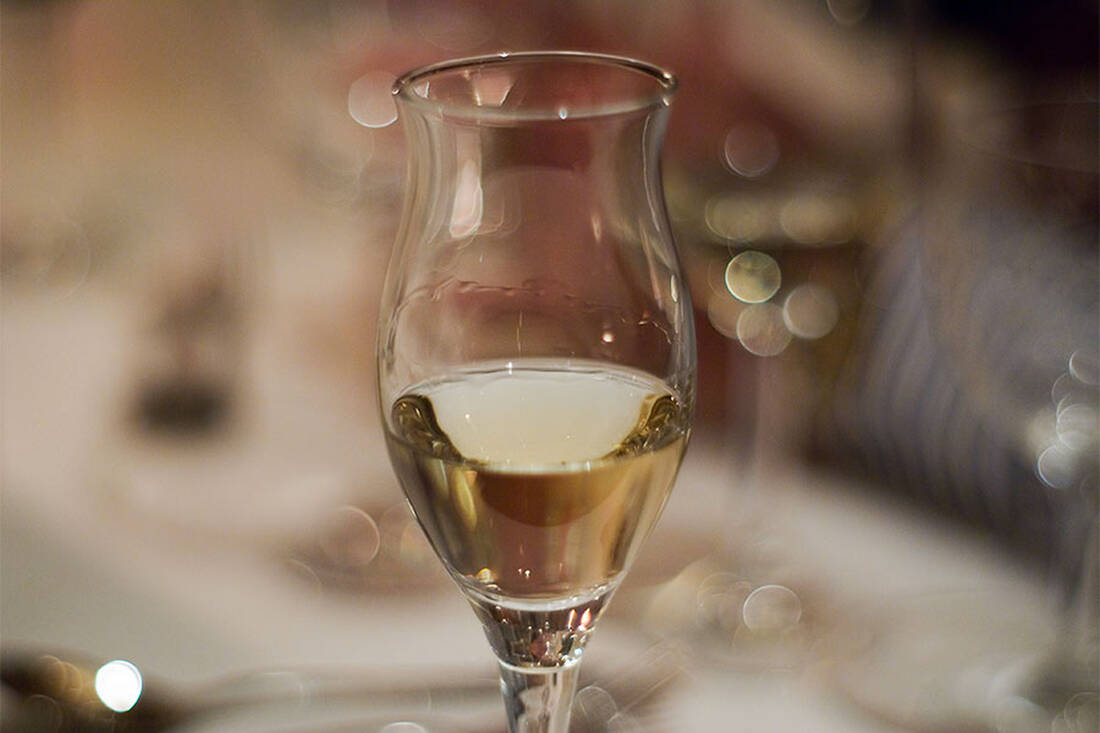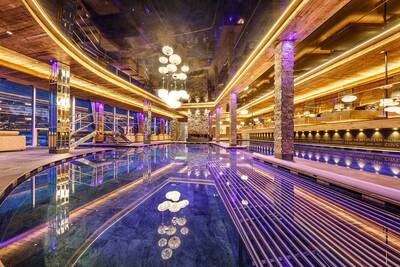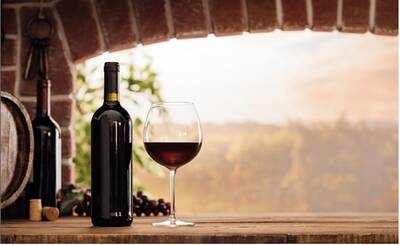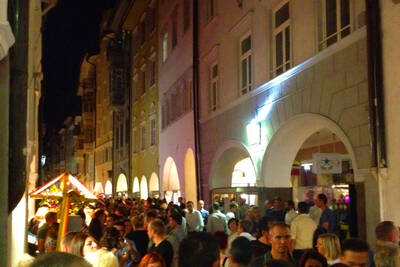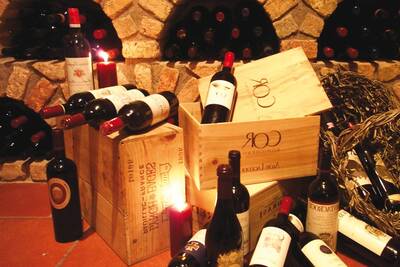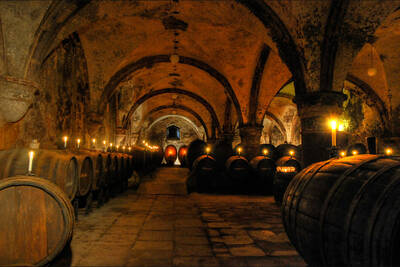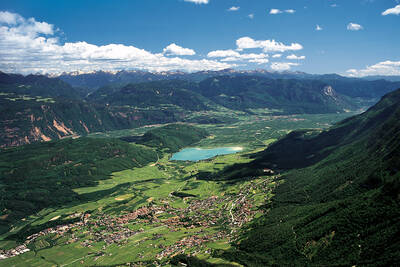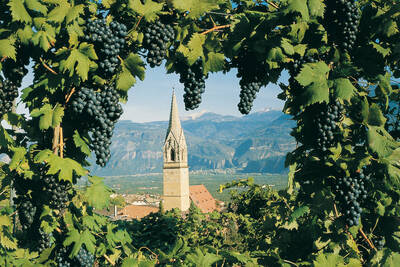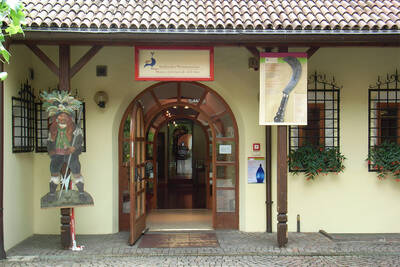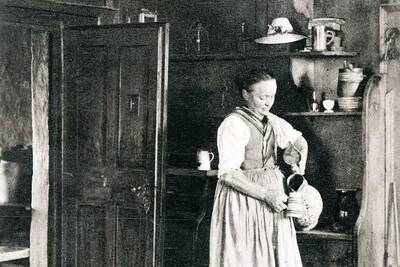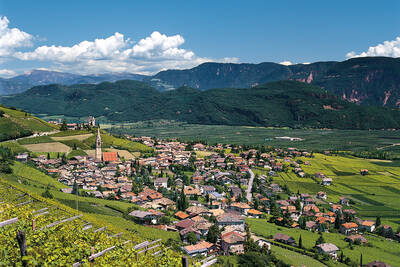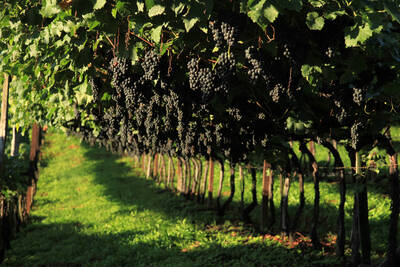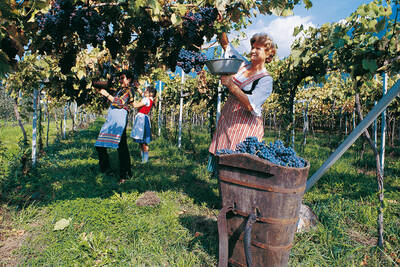Grappa, this typical Italian spirit, is exclusively distilled from grape skins, which are particularly rich in aromas. Additives or artificial flavorings are strictly prohibited, so Grappa is a pure and high-quality natural product.
In contrast to grape brandy, which is distilled from whole, fermented grapes (and is called Acquavite d'Uva), or wine brandy, which is distilled from wine, the raw material for Grappa is the pomace, the residue of grape skins and seeds that remains after pressing. The designation Grappa has been protected as a trademark by the EU since 1989 and may only be used for Italian distillates made from dry pomace.
Grappa from South Tyrol
The art of distillation came to Italy in the 11th century with the crusades and was then cultivated and spread mainly by monks. Grappa itself is first mentioned in a will from the year 1451. Gradually, Grappa became an Italian national drink, especially during the time of the Risorgimento in the 19th century. However, it still retained the reputation of a cheap peasant drink. It was not until improved distillation methods that it made its way into the world of gourmets in the mid-20th century.
Today, there are basically two methods of distillation. The industrial method produces clean, but rather neutral Grappas. Therefore, for the production of top-quality Grappas, steam distillation or water bath distillation is used, as these methods preserve and fully develop the valuable aromas. For 10 liters of Grappa, around 100 kg of fresh, moist pomace is needed. Afterwards, Grappa also needs a lot of time to mature. It is aged in barrels for about six months, and then for another six months in an airtight glass carboy. At this point, the alcohol content is 70 to 85%, which is why the Grappa is diluted with demineralized water before bottling. Bottled Grappa has a minimum alcohol content of 37.5%.
Grappa is always in season
In South Tyrol, six distilleries bear the "Quality Seal South Tyrol" and produce around 300,000 bottles of first-class Grappa per year. Important for enjoyment are the optimal temperature and the right glass. Ideally, young Grappa should be drunk at 10°C from a tulip-shaped glass, while older Grappa should be enjoyed at 16-18°C from a brandy snifter. To allow the aromas to fully develop, the Grappa should be allowed to "breathe" in the glass for a few minutes before drinking. Then Grappa is an excellent digestif. Also wonderful is the so popular in Italy "Caffè corretto": an espresso with a shot of Grappa!
 How do you like the content of this page?
How do you like the content of this page?
Please give us your feedback!
Vacation Offers







